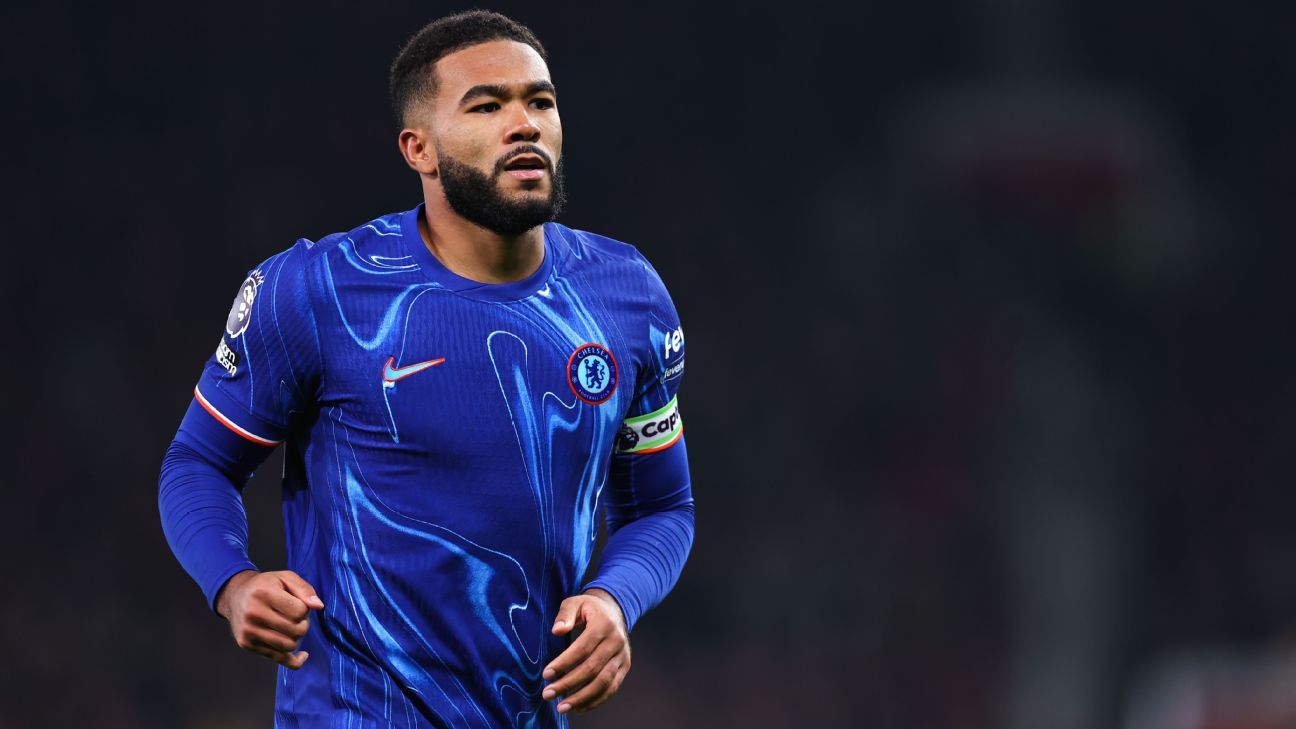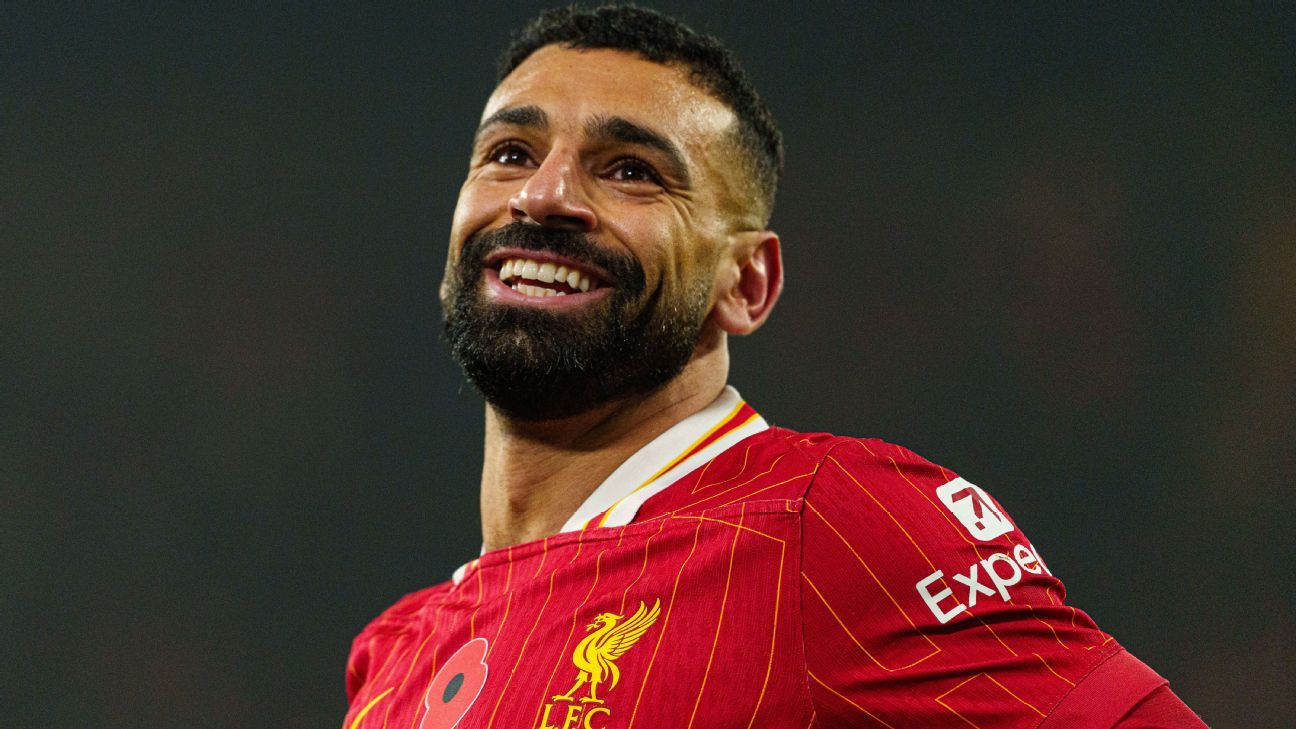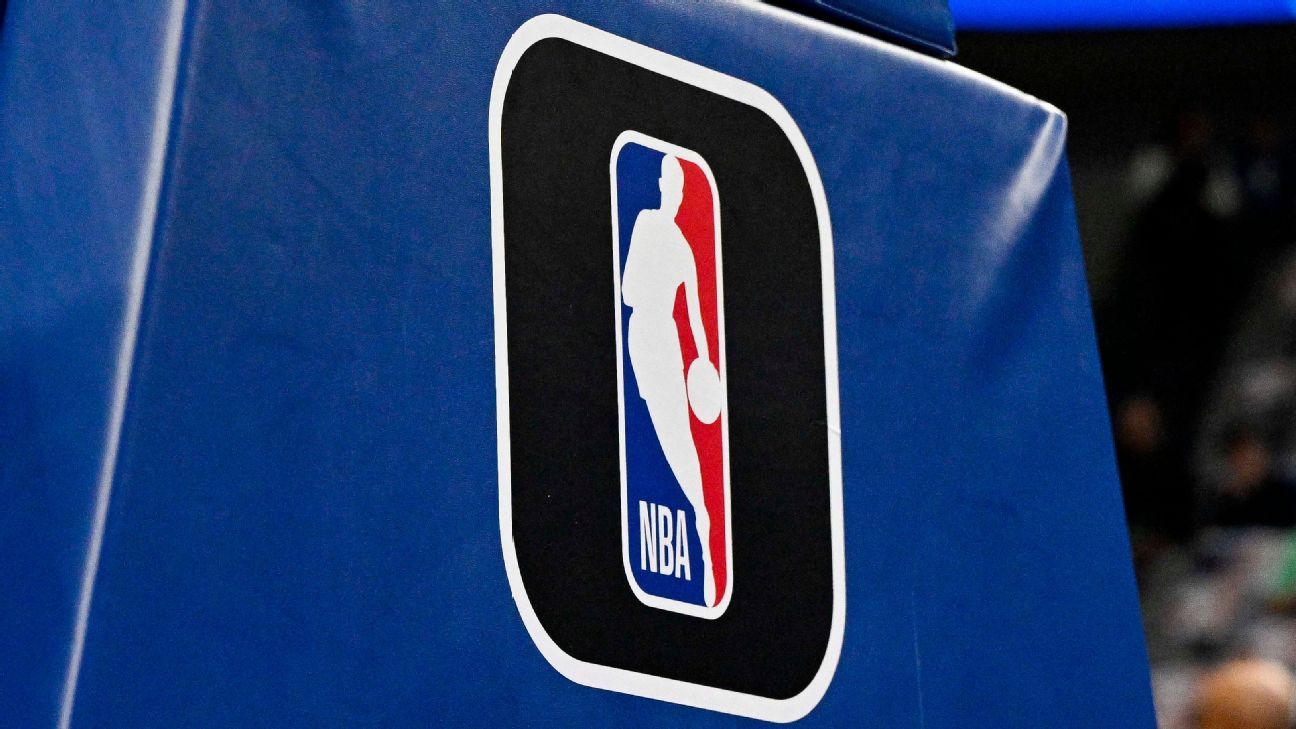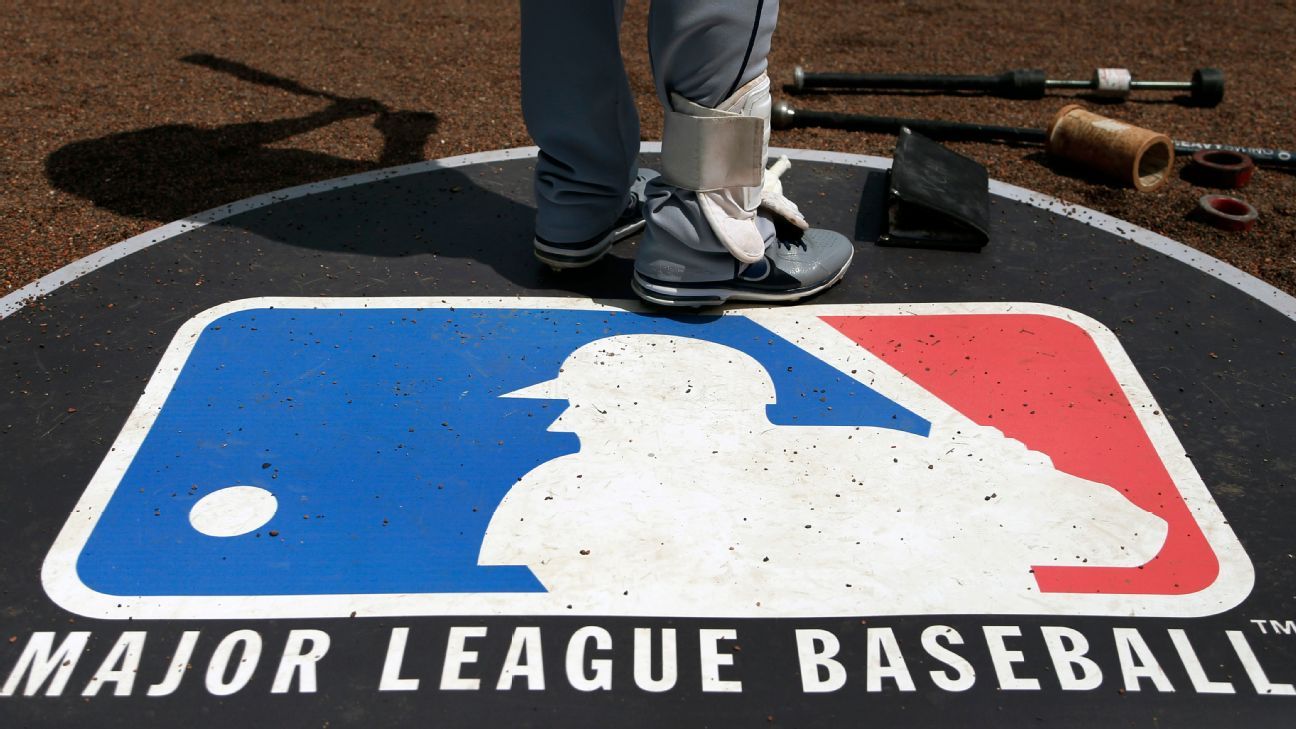The impact of sponsorship on running events
Written by I Dig Sports
AW promotion
Running events, from local 5km events to prestigious marathons, are a vibrant thread woven into the fabric of global health and community. But these events wouldnt be possible without the vital support of sponsors. This symbiotic relationship between sponsors and running events fosters a win-win scenario, benefiting both parties and ultimately, the runners themselves.
In this article, well explore the multifaceted impact of sponsorship on running events, examining how it elevates the experience for runners, brands, and viewers. Keep reading to find out!
Brand Awareness and Exposure
Every brand desire that it drives up numbers in popularity and revenue. But for this to be effective, every advertisement and publicity needs to reach its target audience. For sponsors, running events offer a unique platform to connect with a highly desirable demographic.
Many top gambling brands are usually keen on sponsoring various athletic competitions. The organisers of these events try to partner with only the best online casinos UK to drive up awareness among interested punters. Runners, by and large, represent a health-conscious, active population with disposable income.
This alignment between sponsor and participant goes on to promote a receptive environment for brand messaging. Company logos emblazoned on race bibs, banners strung along the course, and prominent placement on event signage all contribute to brand recognition. Sponsors can also leverage social media, partnering with the race organisers to promote the event and their involvement.
Increases Brand Visibility
Sponsorships also come with engagement opportunities as well which many brands are usually looking to take advantage of. Sponsors can set up booths at the event, showcasing products and interacting directly with runners. Interactive experiences like product sampling or fun challenges can leave a lasting impression and create positive brand associations.
Moreover, the association with a reputable event lends credibility to the sponsors brand and strengthens its positioning in the market. For example, a sports equipment manufacturer sponsoring a marathon can leverage the events prestige to convey messages of performance, endurance, and athleticism, thereby resonating with consumers who aspire to similar values.
Develop the Running Community
Sponsorship fosters a sense of community and shared passion between runners, organisers, and sponsors. Sponsors often have a vested interest in the running community, potentially employing runners themselves or offering products specifically tailored to this demographic. Their involvement demonstrates a commitment to the sport, which resonates with dedicated runners.
This shared passion can translate into active participation. Sponsors might assemble employee running teams to encourage camaraderie and promote a healthy work environment. They can also offer discounts or exclusive products to registered runners.
Financial Lifeline
For event organisers, sponsorship is the financial backbone that allows them to stage a high-quality race. Sponsors contribute funds that cover a multitude of expenses, from course permits and medical support to finisher medals and refreshments. This financial injection enables organisers to elevate the running experience.
Imagine a race without proper hydration stations, inadequate course signage, or delayed results sponsorships from various brands mitigate these concerns to guarantee a smooth and enjoyable event for all participants.
Also, prize money for top finishers becomes a possibility, attracting a more competitive field and elevating the events prestige. Sponsors can also contribute to funds necessary and innovative elements such as:
- Finisher medals
- T-shirts
- Entertainment zones
- Interactive activities
- Charity partnerships
- Post-race refreshments
Generates More Economic Impact
Beyond the immediate benefits to participants and sponsors, running events sponsored by major corporations can generate significant economic impact for host cities and regions. The influx of out-of-town participants and spectators leads to increased tourism, hotel occupancy, and spending on dining, retail, and entertainment.
In addition, the event itself stimulates local economies through vendor contracts, employment opportunities, and revenue from registration fees and merchandise sales. Studies have shown that well-executed running events can inject millions of dollars into the local economy. Once these facilities are in place, they become attractive propositions for cities seeking to boost tourism and economic development.
Conclusion
Sponsorship is that invisible force and contribution that makes running events better. It fuels the financial engine that allows organisers to create high-quality races, provides runners with valuable perks and amenities, and helps sponsors connect with a targeted audience. As the running community continues to grow, so too will the importance of strategic and mutually beneficial sponsorship partnerships.















 Phone: (800) 737. 6040
Phone: (800) 737. 6040 Fax: (800) 825 5558
Fax: (800) 825 5558 Website:
Website:  Email:
Email: 






